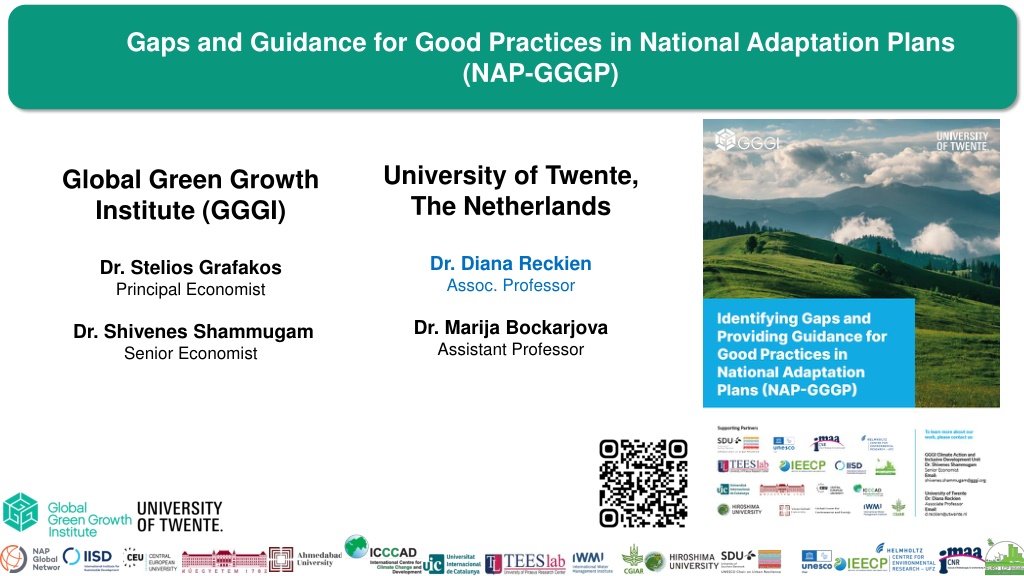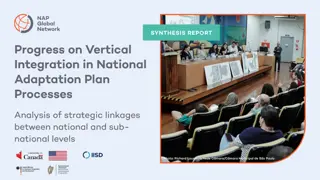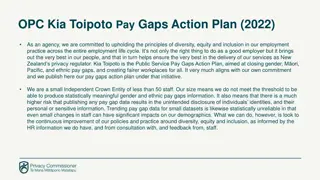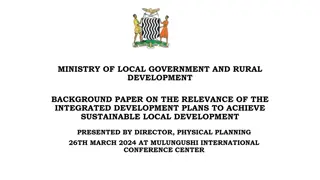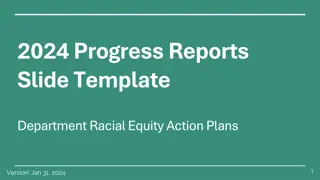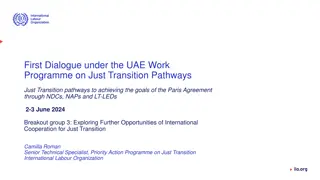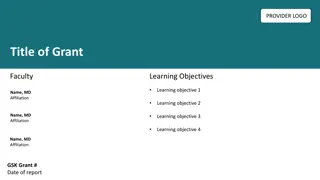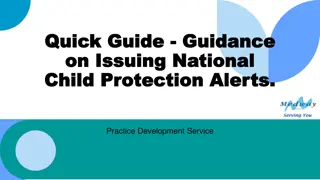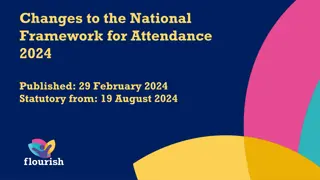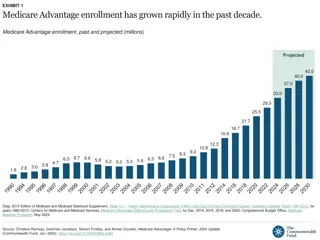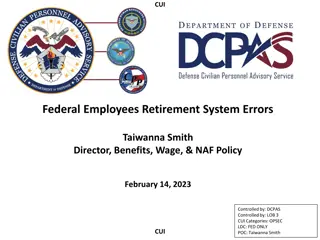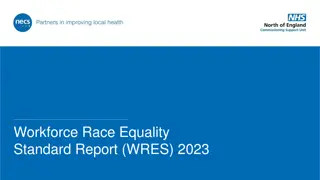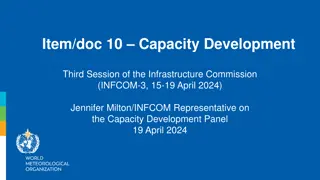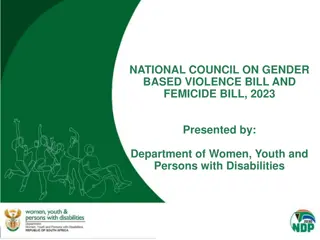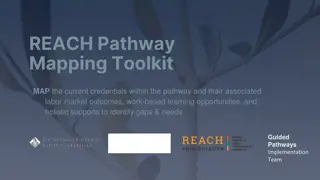Gaps and Guidance for National Adaptation Plans (NAP-GGGP)
The University of Twente and the Global Green Growth Institute present a comprehensive study on National Adaptation Plans (NAP-GGGP) focusing on best practices, guidelines for development, and lessons from plan evaluations at local levels. The NAP-GGGP framework includes 7 categories with 56 elements aimed at rigorous adaptation planning to lower disaster costs and enhance implementation effectiveness.
Download Presentation
Please find below an Image/Link to download the presentation.
The content on the website is provided AS IS for your information and personal use only. It may not be sold, licensed, or shared on other websites without obtaining consent from the author. Download presentation by click this link. If you encounter any issues during the download, it is possible that the publisher has removed the file from their server.
Presentation Transcript
Gaps and Guidance for Good Practices in National Adaptation Plans (NAP-GGGP) University of Twente, The Netherlands Global Green Growth Institute (GGGI) Dr. Diana Reckien Assoc. Professor Dr. Stelios Grafakos Principal Economist Dr. Marija Bockarjova Assistant Professor Dr. Shivenes Shammugam Senior Economist
Gaps and Guidance for Good Practices in National Adaptation Plans (NAP-GGGP) BACKGROUND OBJECTIVES GST: Update or develop National Adaptation Plans Not trivial: lack of consensus on how adaptation can be tracked best [is to] ensure rigorous adaptation planning as it has shown to lower costs of disasters and deliver on implementation. Identify best practices in NAP for others to learn Lessons from plan evaluation on local, urban level Guidelines and recommendations to develop good quality, robust and implementable NAPs Reckien et al. (2023) https://doi.org/10.1038/s4294 9-023-00085-1 Outputs to feed into adaptation stocktake
Gaps and Guidance for Good Practices in National Adaptation Plans (NAP-GGGP) PROCESS
Gaps and Guidance for Good Practices in National Adaptation Plans (NAP-GGGP) NAP-GGGP GOOD PRACTICE FRAMEWORK To date, 42 NAPs investigated. 7 categories with 56 elements and 44 sub-elements, each with application protocol
Gaps and Guidance for Good Practices in National Adaptation Plans (NAP-GGGP) FIRST RESULTS Well represented in the NAPs Goals Factbase Policy Implementation Middle well represented in the NAPs Participation Monitoring & Evaluation Least well represented in the NAPs Finance
Gaps and Guidance for Good Practices in National Adaptation Plans (NAP-GGGP) FIRST RESULTS BEST PRACTICES Good practices: GOALS SMART objectives for adaptation & implementation, specific to country s climate change impacts Peru Integrates goals into gender and other social policies, sets quantitative goals by highlighting percentages of Climate Change Actions implemented per prioritized objectives Timor-Leste assigning specific lead agencies to prioritize actions Good practices: IMPLEMENTATION Prioritizing adaptation actions, defining implementation timelines and institutional framework, designating responsible parties, identifying potential barriers Bangladesh vertical integration in its institutional arrangement for adaptation Cabo Verde identified barriers to the implementation of actions for two of the highest priority risks (flood and drought)
Gaps and Guidance for Good Practices in National Adaptation Plans (NAP-GGGP) FIRST RESULTS BEST PRACTICES Good practices: PARTICIPATION Throughout the process, best before the goal setting starts. Include vulnerable groups, women, youth Fiji NAP Steering Committee to include relevant technical expertise responsive to the needs of all stakeholders South Africa particular mention of youth representatives, addressing the need of infants and child-headed families & women Good practices: M&E Time-specific indicators. Make vulnerable populations/ representatives and vulnerable industries part of the M&E process Togo robust M&E system outline targets to monitor implementation, assigning responsibilities across ministerial, local authority, civil society, and private sector levels. In addition, engagement of diverse groups and communities at each level ensures objective evaluations
Gaps and Guidance for Good Practices in National Adaptation Plans (NAP-GGGP) FIRST RESULTS BEST PRACTICES Good practices: Recognizing and identifying financial gaps, targeted resource mobilization plans, highlighting the cost of inaction or delaying action Burkina Faso predict GDP loss of USD 28-55B by 2050 if no action is taken. The relatively low cost of adaptation compared to the potential losses is a compelling argument. Armenia s Financing Framework and Implementation Plan for Climate Change Adaptation is tailored to involve the private sector and utilize financial, technical, and human resources Papua New Guinea s RM strategy involves creating the Climate Resilience and Green Growth Trust Fund (CRGGTF) to channel revenue sources
Gaps and Guidance for Good Practices in National Adaptation Plans (NAP-GGGP) HIGHLIGHTS
Gaps and Guidance for Good Practices in National Adaptation Plans (NAP-GGGP) University of Twente, The Netherlands Global Green Growth Institute (GGGI) Dr. Diana Reckien Assoc. Professor Dr. Stelios Grafakos Principal Economist Dr. Marija Bockarjova Assistant Professor Dr. Shivenes Shammugam Senior Economist
